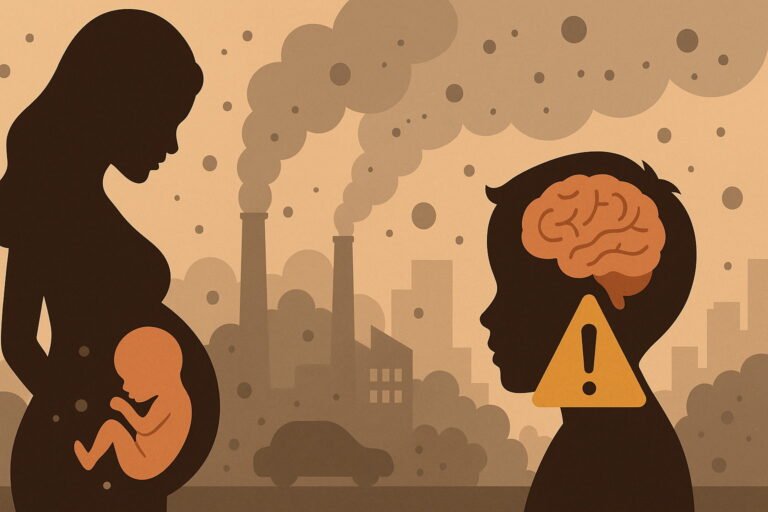Numerous recent scientific studies have explored the possible relationship between air pollution and the development of autism spectrum disorder (ASD) in children. Although genetics plays a significant role in ASD risk, research suggests that certain environmental pollutants may influence the onset of this disorder, especially during pregnancy and early childhood.
Air Pollutants and Their Impact on Neurological Development
Airborne contaminants—such as fine particulate matter (PM2.5) and nitrogen oxides (NO and NO₂)—can penetrate deeply into the human body. During pregnancy, these substances can cross the placenta, affecting the fetus’s brain development. Exposure to these pollutants has been shown to induce inflammation and oxidative stress, processes that could interfere with a child’s normal neurological development.
Evidence from Recent Studies
A study conducted by the Harvard T.H. Chan School of Public Health found that early childhood exposure to PM2.5 was associated with a 64% increased risk of developing ASD. Exposure during pregnancy also showed a 31% increased risk, with the third trimester identified as the period of greatest vulnerability.
Another study in Sweden examined maternal exposure to specific pollutants—such as vehicle emissions and wood smoke—during pregnancy. The results indicated that exposure to these local sources of pollution was linked to a higher risk of autism in children.
Additionally, a scientific review published in Brain Medicine highlighted that prenatal exposure to common pollutants—like nitrogen dioxide and fine particulate matter—can trigger biological reactions that affect brain development, potentially increasing ASD risk.
Final Considerations
While the relationship between air pollution and autism still requires further research to establish definitive causality, current evidence suggests that reducing exposure to airborne contaminants during pregnancy and early childhood could be beneficial for children’s neurological health. Measures such as monitoring air quality, using HEPA-filter air purifiers, and avoiding high-pollution areas may help minimize potential risks.
It is essential to continue investigating and advocating for public policies that reduce air pollution, thereby protecting the healthy development of future generations.
Sources:
Air pollution linked with increased risk of autism in children












